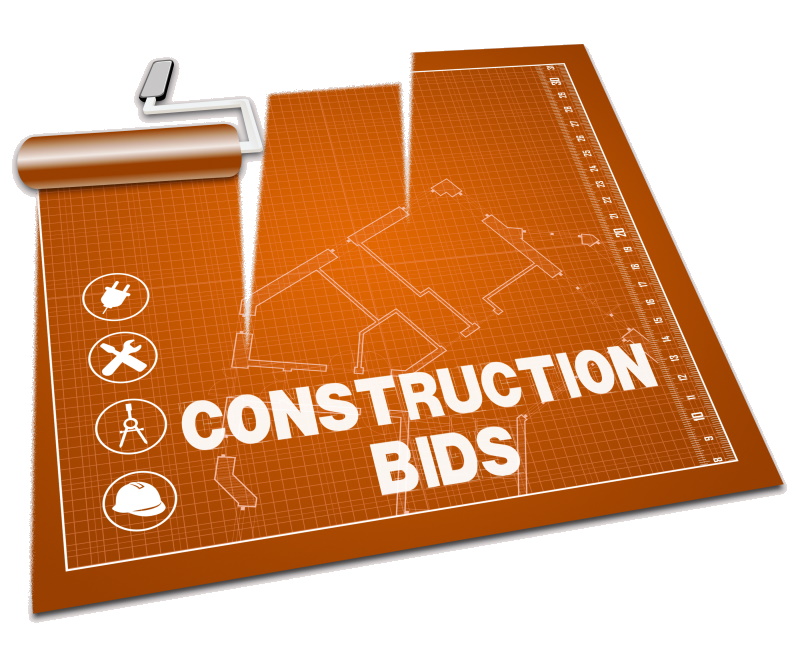During the bidding phase of your architectural design project, your architect can help you select the contractors who will build your dream.
Once your design has been finalized, you’ll need to send design documents to qualified contractors, who will use them to provide estimates of the costs of labor and materials for your project.
Bidding Purpose
While the primary purpose of the bidding process is to identify the contractors who can complete your project at a reasonable price and provide quality construction, it’s also a chance to ensure you’re comfortable with the people who will be on-site working on your project.
Bidding Process Decisions
Contractor selection is one of the most important decisions you’ll make for your project.
Estimated costs are only one factor in the decision-making process; the contractor’s skill, experience and professional ethics will have a profound effect on how happy you are with the end result, so they should play a key role in your consideration.
Your architect can support you by helping narrow down the pool of contractors. She will be familiar with the possibilities in your area and can advise you on their level of expertise and their professional reputation. She can also act as a translator, helping to ensure that you and the contractor communicate effectively and that the contractor understands the needs of your project.
Other important things to look for in a potential contractor include:
- Availability – does the contractor’s schedule fit with your needs?
- State licensing – ask for the contractor’s license number and ID and check the state license board to ensure it is current and in good standing
- General liability insurance
- Workman’s compensation coverage for employees
Bidding & Deliverables
Each contractor will need construction documents to bid on your project. Contractors may also want to meet with you and your architect and visit the project site to make sure they understand the scope of the project and to get a better sense of how much labor will be involved.
Depending on the size and complexity of the job, it may take several weeks for contractors to return to you with project bids. During this time, you or your architect may need to answer questions about the project so the potential contractors can deliver a more accurate bid.
Each contractor’s bid should break the project down into sections, including demolition, construction/installation, materials and permits, along with itemized estimates for the quantity and costs for each. If the contractor will need to engage a subcontractor for any aspect of the job, it should also be noted in the bid.
Once you have selected your contractors, you should inform all the bidders of your decision. Your selected contractors will draft contracts for you to review and sign. Plan to go over these carefully and address any questions before signing. Your architect may be able to help with this.
Prior to the beginning of the project, make sure you and your contractors agree on what materials you have selected and who will purchase them (you or the contractor).
Costs
The contractor will charge for the costs of labor, materials, permits and other fees necessary to the project, plus a profit based on the overall cost of the project.
You may be asked to pay a deposit prior to the beginning of work on the project. In California, the deposit is limited to 10 percent of the estimated cost or $1,000, whichever is less, unless the contractor has a blanket performance and payment bond filed with the Contractor’s State License Board.
The remainder of the payment schedule will be defined in your contract, but you may be billed on a monthly basis or at the completion of particular stages of the project. Any fees for late payments should also be spelled out in your contract.
This post first ran in 2019.


